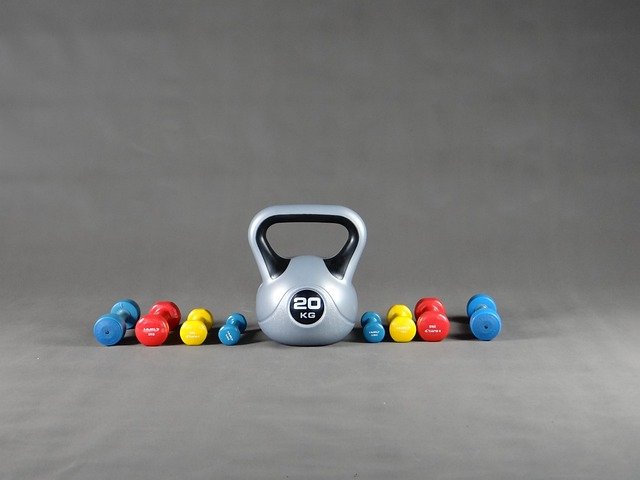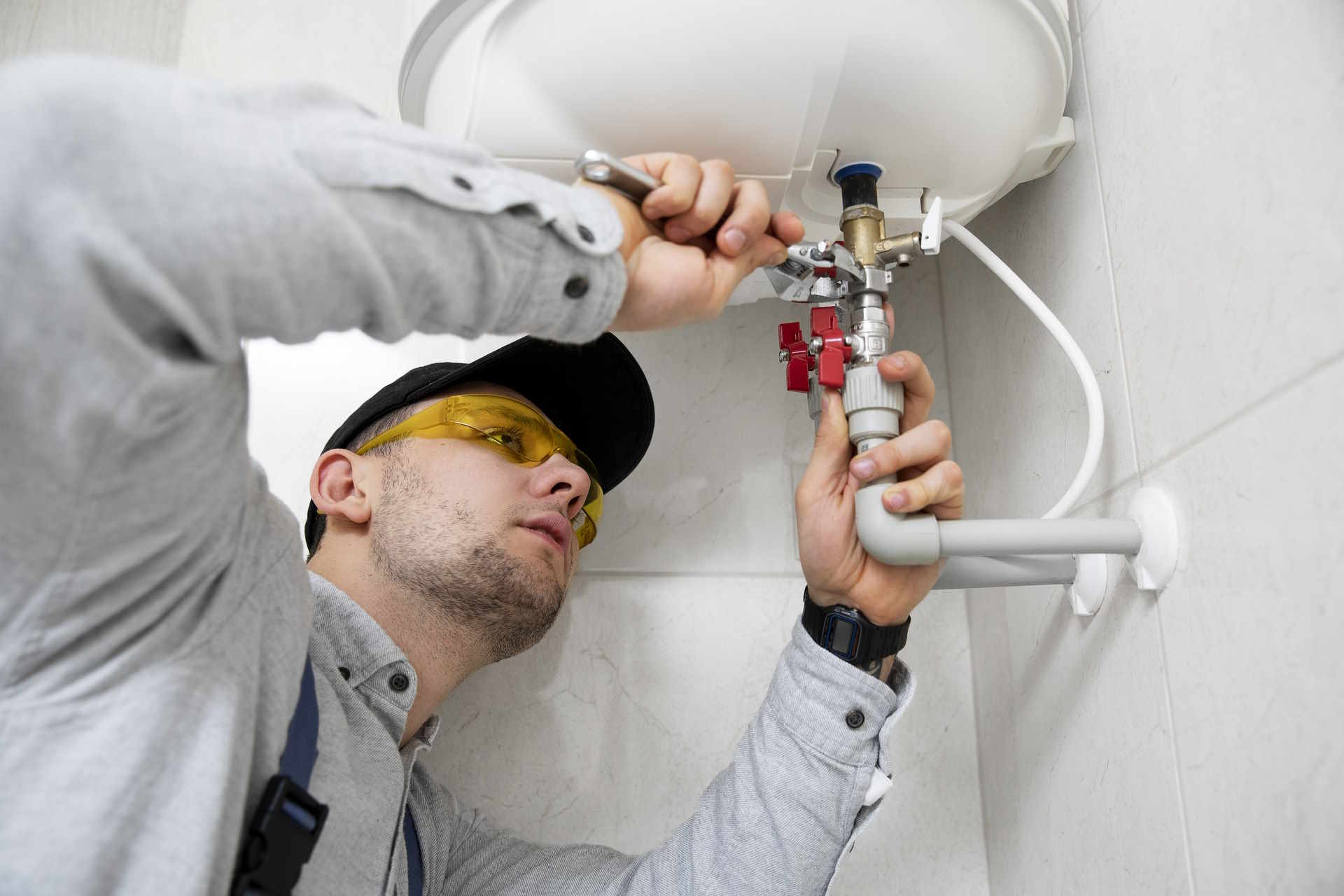The Ultimate Guide to Choosing the Right Fitness Equipment for Your Goals
Choosing the right fitness equipment can make all the difference in achieving your health and wellness goals. With countless options available—from treadmills and dumbbells to resistance bands and rowing machines—it’s easy to feel overwhelmed. The key is understanding your specific fitness objectives, space, and budget so you can invest in equipment that truly supports your journey. This guide will help you cut through the confusion and select the best tools to match your goals, whether you’re building strength, improving endurance, or enhancing overall fitness.

Choosing fitness equipment that aligns with your personal goals is one of the most important decisions you’ll make on your fitness journey. The right equipment not only helps you achieve results more efficiently but also keeps you motivated and engaged with your routine. Whether you’re setting up a home gym or deciding which machines to use at a fitness center, understanding how to select equipment based on your specific objectives will save you time, money, and potential disappointment. This comprehensive guide will walk you through the process of identifying your goals and matching them with the appropriate fitness tools.
Identifying Your Fitness Goals
Before investing in any fitness equipment, you need to clearly define what you hope to accomplish. Different goals require different approaches and tools. Are you primarily focused on building strength and muscle mass? Perhaps your main objective is improving cardiovascular health or losing weight? Maybe you’re recovering from an injury and need rehabilitation-focused equipment?
Take time to reflect on your primary and secondary fitness goals. If building strength is your priority, equipment like free weights, weight machines, or resistance bands would be most beneficial. For cardiovascular health, treadmills, stationary bikes, rowing machines, or ellipticals might be more appropriate. Those seeking overall fitness might need a combination of both strength and cardio equipment.
Consider your current fitness level as well. Beginners might benefit from more guided equipment with built-in safety features, while experienced fitness enthusiasts might prefer more versatile equipment that allows for progressive overload and varied workouts.
Choosing Equipment That Matches Your Needs
Once you’ve identified your goals, it’s time to match them with appropriate equipment. Different fitness objectives call for specific types of equipment:
For Strength Training: Dumbbells, barbells, kettlebells, and resistance bands are versatile options for building muscle. Weight machines provide guided movements that can be safer for beginners. Consider adjustable dumbbells if space is limited, as they offer multiple weight options in one compact set.
For Cardiovascular Fitness: Treadmills provide excellent walking or running workouts regardless of weather. Stationary bikes are low-impact options ideal for joint issues. Elliptical trainers combine upper and lower body movements for full-body cardio. Rowing machines engage multiple muscle groups while improving endurance.
For Flexibility and Balance: Yoga mats, stability balls, balance boards, and foam rollers help improve flexibility, core strength, and balance. These are typically inexpensive and don’t require much space.
Beyond your fitness goals, consider practical factors like available space, budget, and lifestyle. A small apartment might not accommodate a full power rack, but resistance bands and adjustable dumbbells could provide excellent results in limited space. If you travel frequently, portable equipment like suspension trainers or resistance bands might be more practical than stationary machines.
Maximizing Results with the Right Setup and Maintenance
Even the best fitness equipment won’t deliver optimal results without proper setup and maintenance. Position your equipment in a well-ventilated area with adequate space for movement. Ensure proper lighting to prevent injuries and create an inviting workout environment. Consider placing equipment on appropriate flooring—rubber mats can protect both your floors and equipment while reducing noise.
Regular maintenance extends equipment life and ensures safe operation. Clean surfaces regularly with appropriate cleaners to prevent bacteria buildup. Lubricate moving parts according to manufacturer guidelines. Check cables, connections, and weight stacks on strength equipment for signs of wear. For cardio machines, monitor belt tension, alignment, and electronic functions.
Create a maintenance schedule based on usage frequency—typically monthly for home equipment with moderate use. Keep owner’s manuals accessible for reference, and don’t hesitate to contact manufacturers about specific maintenance questions. Many companies offer service plans that can be worthwhile investments for complex equipment.
Understanding Fitness Equipment Costs and Options
Fitness equipment varies dramatically in price based on quality, features, and brand reputation. Understanding the cost spectrum can help you make informed decisions that balance quality with budget constraints.
| Equipment Type | Entry-Level Cost | Mid-Range Cost | Premium Cost | Typical Lifespan |
|---|---|---|---|---|
| Treadmill | $300-$700 | $800-$1,500 | $2,000-$4,000+ | 7-12 years |
| Elliptical | $200-$600 | $700-$1,500 | $1,600-$3,500+ | 5-10 years |
| Stationary Bike | $200-$500 | $600-$1,200 | $1,300-$2,500+ | 7-10 years |
| Home Gym System | $300-$800 | $900-$2,000 | $2,100-$5,000+ | 10-15 years |
| Adjustable Dumbbells | $50-$200 | $250-$400 | $450-$700+ | 10+ years |
Prices, rates, or cost estimates mentioned in this article are based on the latest available information but may change over time. Independent research is advised before making financial decisions.
When evaluating cost versus value, consider factors beyond the initial purchase price. Higher-quality equipment typically offers better durability, smoother operation, more features, and longer warranties. Budget options might save money upfront but could lead to earlier replacement costs or safety concerns.
Many retailers offer financing options, seasonal sales, or certified refurbished equipment that can make higher-quality items more accessible. Additionally, consider whether a gym membership might be more cost-effective than purchasing equipment, especially if you desire variety in your workouts.
Making the Final Decision
After researching your options, it’s time to make informed decisions. If possible, test equipment before purchasing. Many fitness stores allow trials, and gyms offer day passes that let you experience different machines. Pay attention to comfort, noise levels, stability, and ease of use during testing.
Read user reviews from multiple sources, focusing on long-term experiences rather than initial impressions. Look for comments about durability, customer service experiences, and whether the equipment delivered the expected results. Consider warranty terms carefully—longer coverage periods typically indicate manufacturer confidence in their product.
For significant investments, consult with fitness professionals who can provide objective advice based on your specific situation and goals. Personal trainers often have extensive experience with various equipment types and can recommend options that align with your fitness plan.
Selecting the right fitness equipment requires thoughtful consideration of your goals, space, budget, and long-term fitness plans. By taking time to assess these factors carefully, you’ll create a fitness environment that supports your journey and helps you achieve lasting results. Remember that the best equipment is the kind you’ll actually use consistently—choose options that you find enjoyable and that fit seamlessly into your lifestyle.




